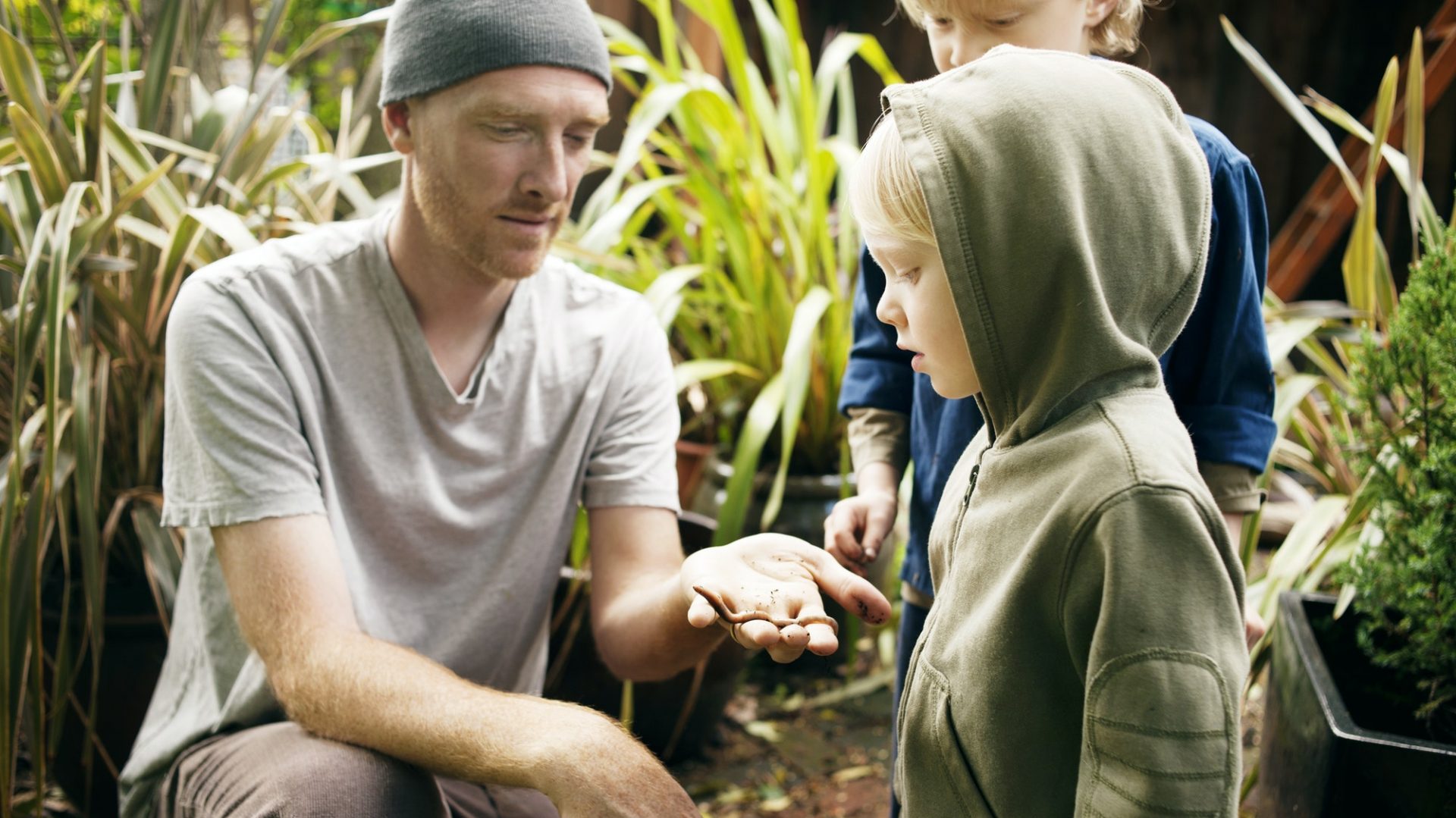When it comes to gardening, many people focus on the plants themselves, paying little attention to the essential role played by plant pots. Plant pots are more than just containers for your greenery; they are functional and aesthetic elements that can greatly influence the health and appearance of your garden. In this article, we’ll delve into the world of plant pots, exploring their types, materials, and the crucial role they play in successful gardening.
Types of Plant Pots
Plant pots come in various shapes and sizes, each designed to cater to different plant varieties and gardening needs. Understanding these types can help you make informed decisions for your garden.
1. Terracotta Pots
Terracotta pots are timeless classics made from fired clay. They are known for their rustic charm and excellent breathability, which promotes good air circulation around plant roots. These pots are ideal for succulents, cacti, and other plants that require well-drained soil.
2. Plastic Pots
Plastic pots are lightweight, durable, and affordable, making them a popular choice for both beginner and experienced gardeners. They come in various colors and sizes and are suitable for a wide range of plants. However, plastic pots can retain moisture, so they may not be the best choice for moisture-sensitive plants.
3. Ceramic Pots
Ceramic pots are prized for their beauty and versatility. They are available in countless colors and designs, making them an excellent choice for adding a touch of elegance to your garden. However, they can be heavy and may require more care, as they may crack in freezing temperatures.
4. Fiberglass Pots
Fiberglass pots are a lightweight and durable option, often designed to mimic the look of more expensive materials like stone or ceramic. They are perfect for those who want the appearance of high-end pots without the weight and cost.
5. Wooden Planters
Wooden planters offer a rustic and natural look, perfect for traditional and cottage-style gardens. They are often used for larger plants and trees but require regular maintenance to prevent rot.
The Role of Materials
The choice of material for your plant pots can significantly impact the health of your plants. Consider the following factors when selecting the material:
1. Drainage
Proper drainage is crucial for plant health. Terracotta and unglazed ceramic pots provide excellent drainage, while plastic and glazed ceramic pots may require additional holes to prevent waterlogging.
2. Insulation
Some materials, like plastic and fiberglass, offer better insulation, which can help regulate soil temperature. This is especially important for plants that are sensitive to temperature fluctuations.
3. Weight
Consider the weight of the pots, especially if you plan to move them frequently. Plastic and fiberglass pots are lightweight, making them easier to handle, while terracotta and ceramic pots can be heavy.
4. Aesthetics
The material of your plant pots also contributes to the overall aesthetics of your garden. Choose pots that complement your garden’s style and the plants they will house.
Size Matters
Selecting the right pot size is crucial for plant health. A pot that is too small can restrict root growth, while one that is too large may lead to overwatering. Follow these guidelines:
1. Matching Pot Size to Plant Size
Choose a pot that accommodates the size of the plant, ensuring there is enough room for root expansion. For small plants, opt for smaller pots, and for larger plants, select larger containers.
2. Consider Growth Potential
Keep in mind the growth potential of the plant. If you’re growing a small sapling, consider a larger pot that will accommodate its future size.
Maintaining Plant Pots
Caring for your plant pots is just as important as caring for the plants within them. Here are some maintenance tips:
1. Cleaning
Regularly clean your plant pots to prevent the buildup of algae, mold, and mineral deposits. This helps maintain a healthy environment for your plants.
2. Repotting
As plants grow, they may outgrow their pots. Repot them into larger containers when necessary to avoid root crowding and ensure continued healthy growth.
3. Protection from the Elements
During the colder months, consider moving sensitive plants and pots indoors to protect them from freezing temperatures. Additionally, invest in saucers to catch excess water and prevent staining surfaces.
Conclusion
Plant pots are not mere accessories in your garden; they are essential components that directly impact the well-being and aesthetics of your plants. By understanding the different types of pots, the materials they are made of, and how to choose the right size, you can create a thriving and visually appealing garden that reflects your green thumb and style. Remember, the right pot can make all the difference between a struggling plant and a flourishing
This article is provided by
